A museum of territory, of community, made for everyone and with everyone. This is, in short, the ambitious project for the Museum of Vila do Bispo, whose architectural project, but above all museology and museography, was presented a few days ago, as part of the municipality's municipal holiday.
The work itself is in progress, although some mishaps have delayed the work. As was already known, the museum will have property the former warehouses of the National Federation of Wheat Producers, but the architectural project foresees the expansion of the building with another body, in reddish concrete, referring to the color of the sandstone that marks Ponta do Telheiro, a geological monument in the county. There will be a small auditorium with 50 seats, thinking about schools and educational services. But there will still be space for exhibition areas and reservations.
As in all museums, memory plays a leading role here. Starting with the memory of the building itself, which refers to the wheat campaigns launched by the Estado Novo, when the municipality of Vila do Bispo was known as «the granary of the Algarve». The building of the FNPT (later EPAC) was precisely the place where all the wheat produced was kept…hence the second name of this future museum is, precisely, «Celeiro da História».
The project to create this museum means an investment, on the part of the Vila do Bispo City Council, which is not exactly one of the most wealthy in the Algarve, of more than 2 million euros, a large part of consumed by the construction work.
In fact, as the Mayor Rute Silva explained, in the public session to present the project, to which the Sul Informação attended, the first contract (2017) was awarded for 1,406 million euros. But, after many delays and mishaps, the initial company ended up abandoning the work. It was then necessary to launch a new tender and the works, already underway, were awarded for 1,9 million euros.
The “good news”, said the mayor, is that “last December, the Chamber had confirmation that there will be a contribution of 857 thousand euros, from CRESC Algarve 2020”.
But Rute Silva added that the Municipality is “reprogramming the project, to try to obtain greater participation in the work”. «My job now is to find more funding for our museum!», guaranteed the mayor.
Ricardo Soares, municipal archaeologist and responsible for the museum project, would add: «we are attentive to all the funding that arises, so that we can get more money, surgically».
And when will the Museum be ready? Rute Silva announced that, if there are no more problems with the contractor, «in the summer, the physical work will finish». Afterwards, “all the assemblies are still missing”, but the mayor was confident that the new structure could have its “inauguration in 2023”.
With the museum's global project being worked on for five years, it is natural that people are already looking forward to the opening of its doors. This certainly explains the fact that, on a cold Friday night, there were about four dozen villagers, some of them children, watching, with interest, the presentation of the project, which began shortly after 21:00 and ended already after midnight.
Ricardo Soares explained that there is a lot of work being done, less visible, in addition to the construction itself. «The museum is not the building, it is the content, it is the memories, this is truly an inclusive and participatory project», he explained. It is that «every day, there is someone who arrives with a piece, who tells a story, who delivers a photograph, who brings a memory. And the building will be the box for these collective memories».
One of the most recent examples of these pieces that arrive every day doesn't even fit in the museum. This is a huge Tramagal thresher, offered by the owners of a local farmhouse. Despite being many, many years old, «this machine is in good condition», guaranteed the archaeologist. And it is a piece that has everything to do with the “Barn of History”.
Paulo Monteiro, from GloryBox specialized company, responsible for the museological and museographic project of the Museum of Vila do Bispo and who was also responsible for the award-winning Museum Metalúrgica Duarte Ferreira, in Tramagal (Abrantes), which works in the factory where the thresher was produced for more than half a century, guaranteed that not even this mother house has a copy of such good quality.
Ricardo Soares insisted: «this museum of ours is not for tourists, it is for our children, for our community, it is the museum for all of us».
“A museum without a community is a museum without a soul. What shocks me is going to a museum where the project is made for artists or other museologists, because the important thing is to make a museum of people, for people and with people», corroborated Paulo Monteiro.
But what story will this museum tell? «A history of 400 million years», explained the archaeologist. Because, in the «Celeiro da História», there will be space for dinosaurs, whose footprints can be seen on Salema beach, as well as for other geomonuments, such as Ponta do Telheiro, visited by geologists from all over the world.
It will continue later for times that are also remote, but still more recent, such as the 34 thousand years of the Paleolithic deposit of Vale de Boi, probably inhabited by Neanderthals, hunter-gatherers who, in that valley that flows into the sea, judging by the remains of bones found by archaeologists led by Nuno Bicho, from the University of Algarve, hunted aurochs and lions there. These bones, by the way, will be pieces of the new museum.
But it will continue until 9500 years ago (Mesolithic), with the concheiro do Castelejo, 6500 years ago (Neolithic), with the ceramic pieces and the axes from Mira in Cabranosa (Sagres).
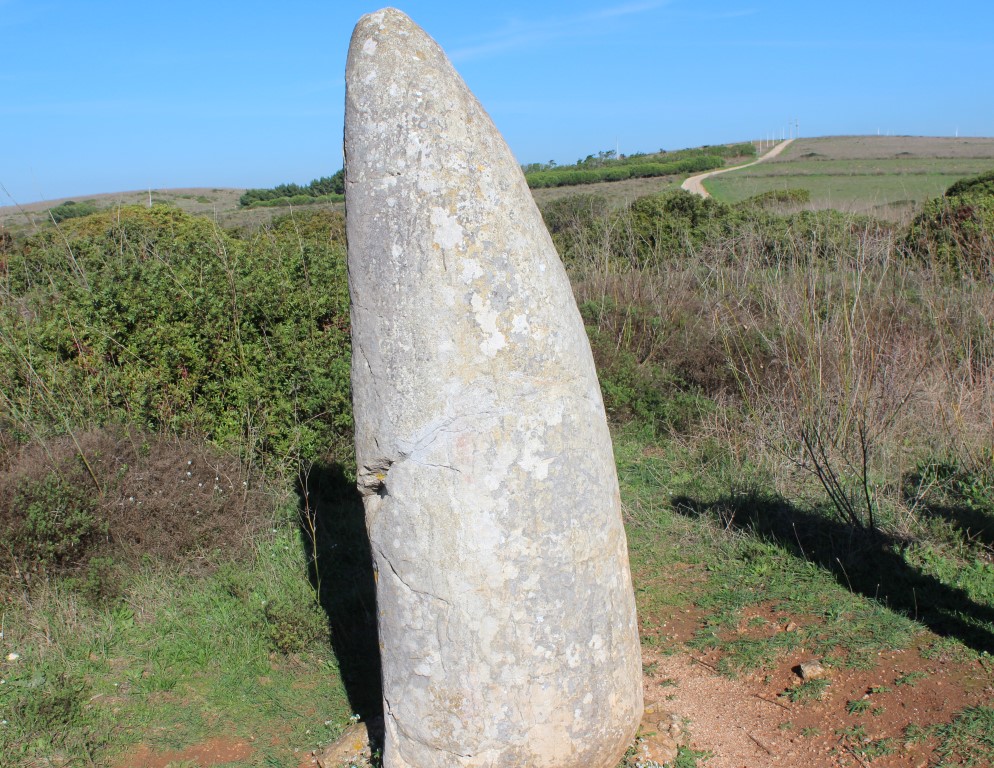
The megalithism of Vila do Bispo will be highlighted, not least because in the entire municipality there are about 280 registered menhirs, which, stressed Ricardo Soares, means that in this municipality there is “the greatest concentration of menhirs in the Iberian Peninsula and the oldest in Western Europe».
The museum will also talk about the necropolis and the menhirs of Pedra Escorregadia (4700 years old), the only prehistoric tomb in the county, excavated in the 90s by the archaeologist Mário Varela Gomes, or the stelae of warriors, with about 3900 years old (Age do Bronze), found in the necropolis of Padrão (Figueira).
Approaching the current era, there are the important remains of Boca do Rio, where “the 2nd largest canned fish production complex in the entire Roman Empire” was located, just after Tróia. by the archaeologist João Pedro Bernardes, from the University of Algarve, was even discovered the port that served this industrial complex.
«The Roman mosaics of Boca do Rio (removed in 2009) are restored and ready to enter the museum, as well as other objects that came out of the excavations in that place», guaranteed Ricardo Soares.
Arriving at the Middle Ages, when this was a «territory shared by Arabs, Christians, Mozarabs and Jews», the highlight goes, for example, to the funerary stelae that are in the Igreja Matriz of Vila do Bispo, in the «former “museum” of the Father Clemente", a matter that the team is "dealing with the Diocese".
Continuing the march of this story to more recent times, the Museum will also recount the episode of the Battle of Lagos, within the scope of the 7 Years' War, on 18 August 1759, when the Ócean, flagship of the French navy, was attacked by English ships, ended up sinking on Salema beach, with several of its cannons being submerged in front of Boca do Rio. from the sea and taken to Lisbon. Now, «70 years later, they will return from Lisbon to Vila do Bispo».
Also at sea, the fateful day of April 24, 1917, in the middle of World War I, when the U-35 submarine of the Imperial German Navy sank four foreign ships, facing Sagres.
But even the “Marreiros & Irmãos” Biscuit Factory, which not even most villagers remember, will be in the museum.
Just like the barnacles, so appreciated today, since «the vocation for seafood in this territory of ours dates back to the most remote times». The millennial shells say so.
Or the environmental wealth, in an area that is a biogenetic reserve in Europe and has species of plants and animals that only exist here.
Showing a photo of a somewhat strange animal, Ricardo Soares asked: «Who can tell me which animal is this in the photo?» «Vicentinus Triops», two children in the audience immediately respond, familiar with this tadpole shrimp species that is endemic, that is, the only one in this most southwestern region of mainland Portugal.
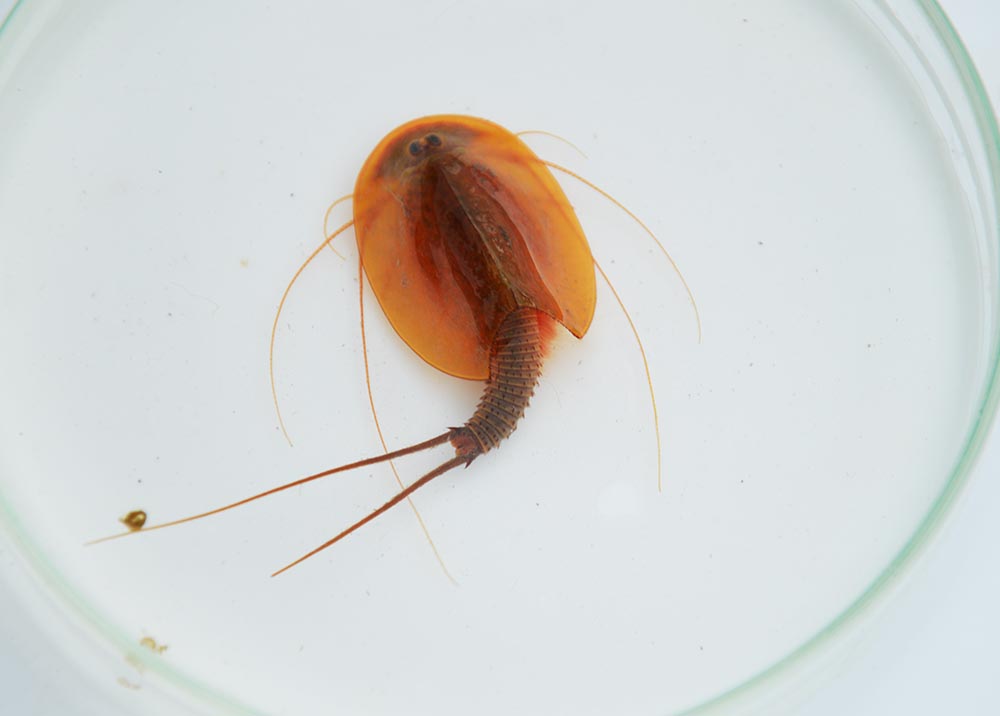
Paulo Monteiro, responsible for the museological and museographic project of the Museum of Vila do Bispo and countless others around the country, guaranteed: «with this scope, 400 million years old, there is no museum in Portugal».
But such scope also poses important challenges, when one has to think about such a project. “Where are we going to put all this?”, asked Paulo Monteiro.
Because, he explained, “museums today are no longer spaces where we put pieces in showcases, today museums are dynamic spaces”.
Of the hundreds of pieces he will have, only about «45% will be on display, the rest will be in reserve». And that opens the door to the imagination, to an exhibition that, being permanent, is dynamic, with the possibility of rotating the pieces that are being shown to the public.
A possibility that even the way the showcases are designed – with an automated opening system, which avoids the suction cups to remove the heavy glass – will help.
Despite being endowed with a lot of technology, namely «interactive applications that will have more information about each of the contents», Paulo Monteiro does not want this to be the dominant aspect in the museum. And, above all, he wants “mature technologies that work and do not cause problems”. In other words, as Ricardo Soares summarized, «we don't want to be held hostage by technologies», in such a way that, if any one of them fails, the entire museum becomes meaningless.
«It will be a very interactive space that allows a direct relationship with the objects, some of which will be inside shop windows, but others will be outside», explained the person in charge of the GloryBox company.
A good example of this are the periscopes that the museum will have, which will not be used to observe, without being seen, the surface of the sea, but to watch movies and games about the epic of the German submarine U-35.
«Technology is not entertainment, the most important thing about technology is the content we put there», underlined Paulo Monteiro.
One of the ladies who were watching, and who didn't budge over the three hours of this presentation, confessed to being "thrilled" with everything that was being revealed to her. And those words also touched the main people responsible for the project.
«This museum does not end here, it is the point of arrival or departure to discover the territory», Paulo Monteiro said, closing.
Photos: Vila do Bispo City Council
Note: The title and two citations were corrected at 14:09 pm, changing the number to millions of years.
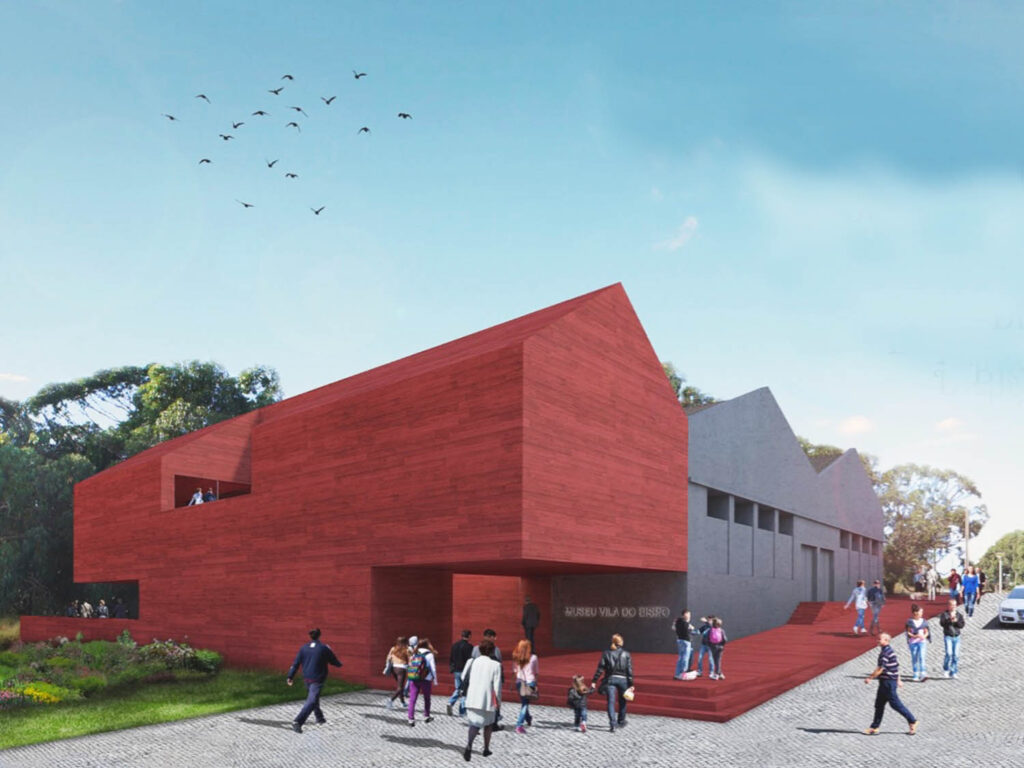
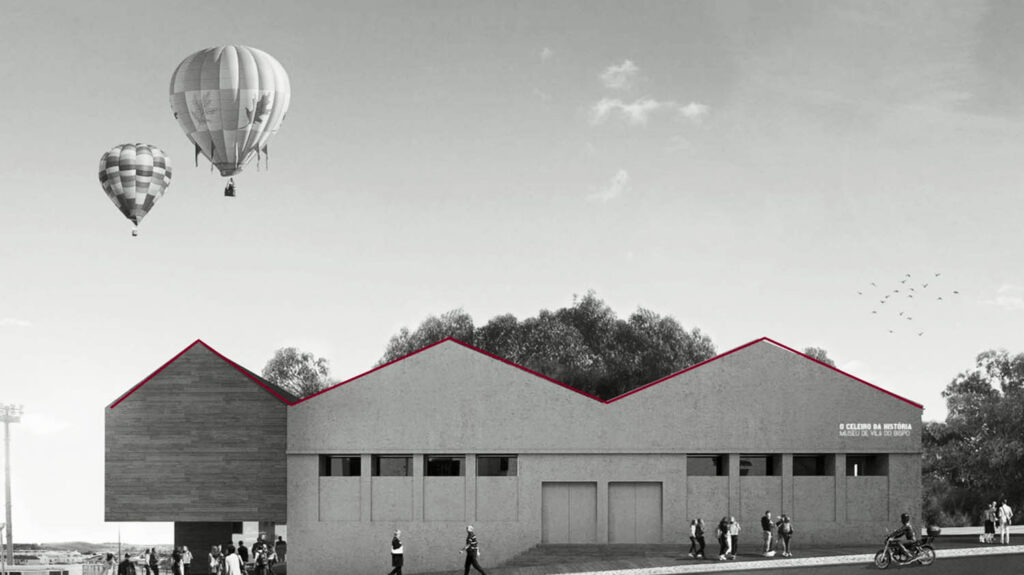
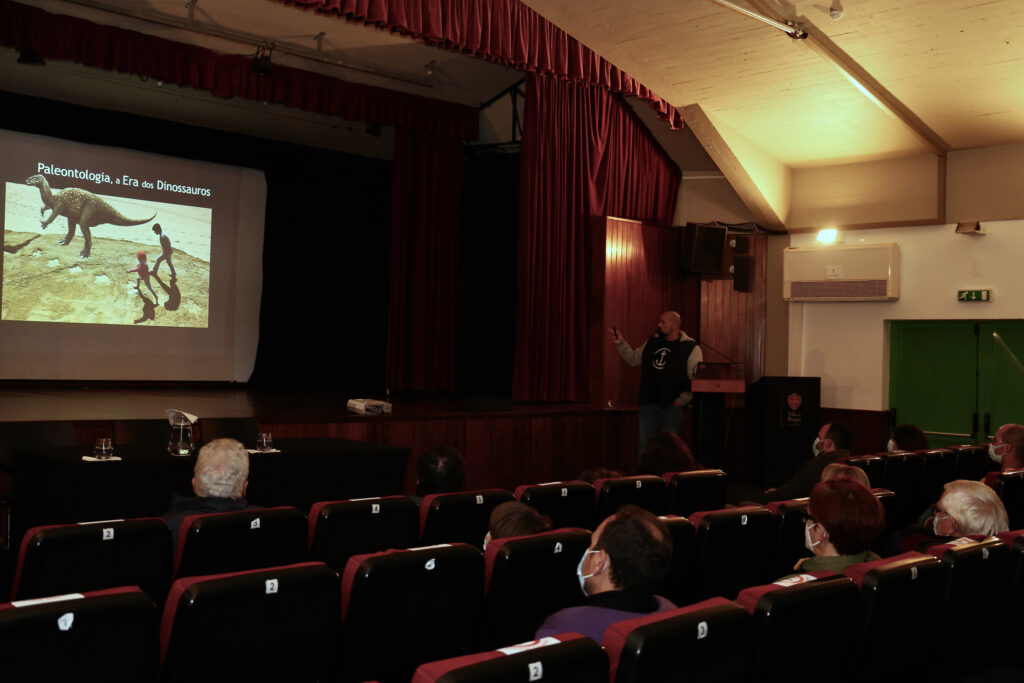
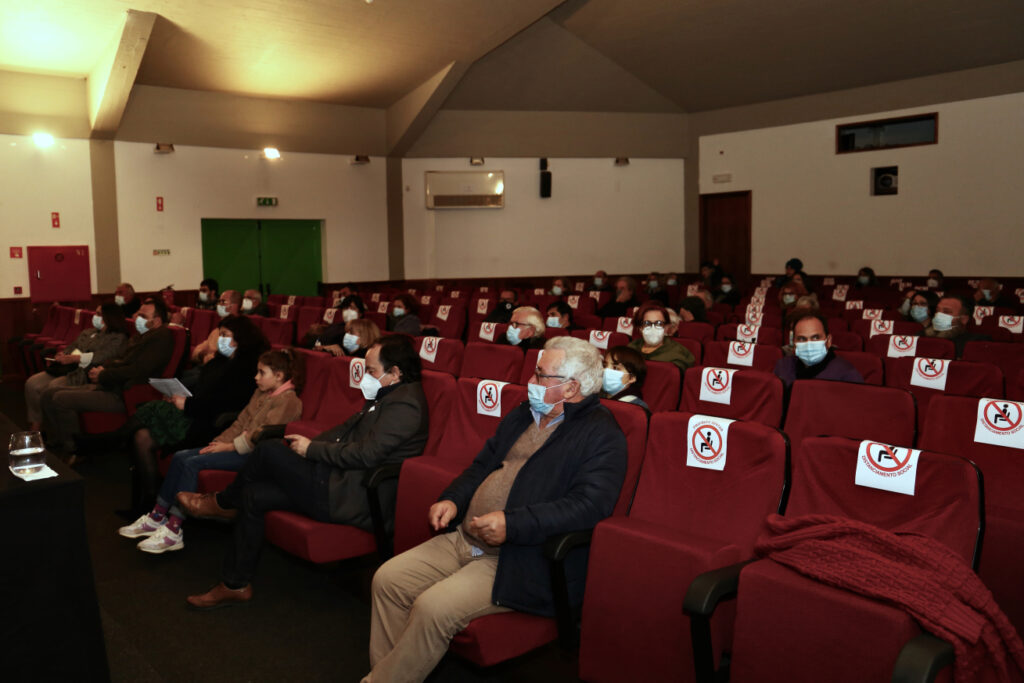
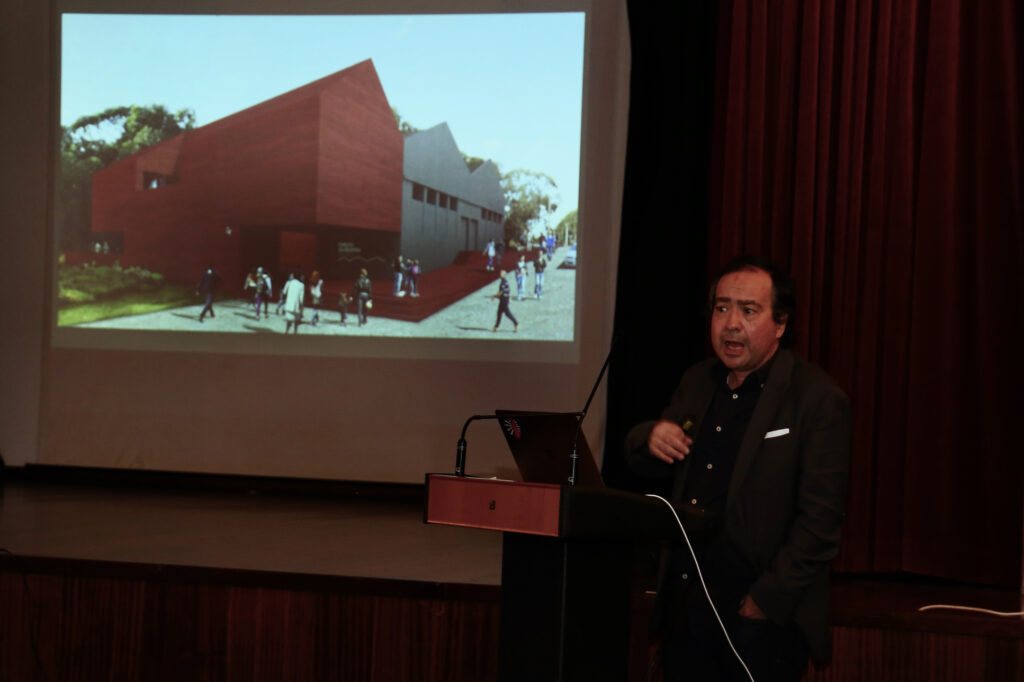
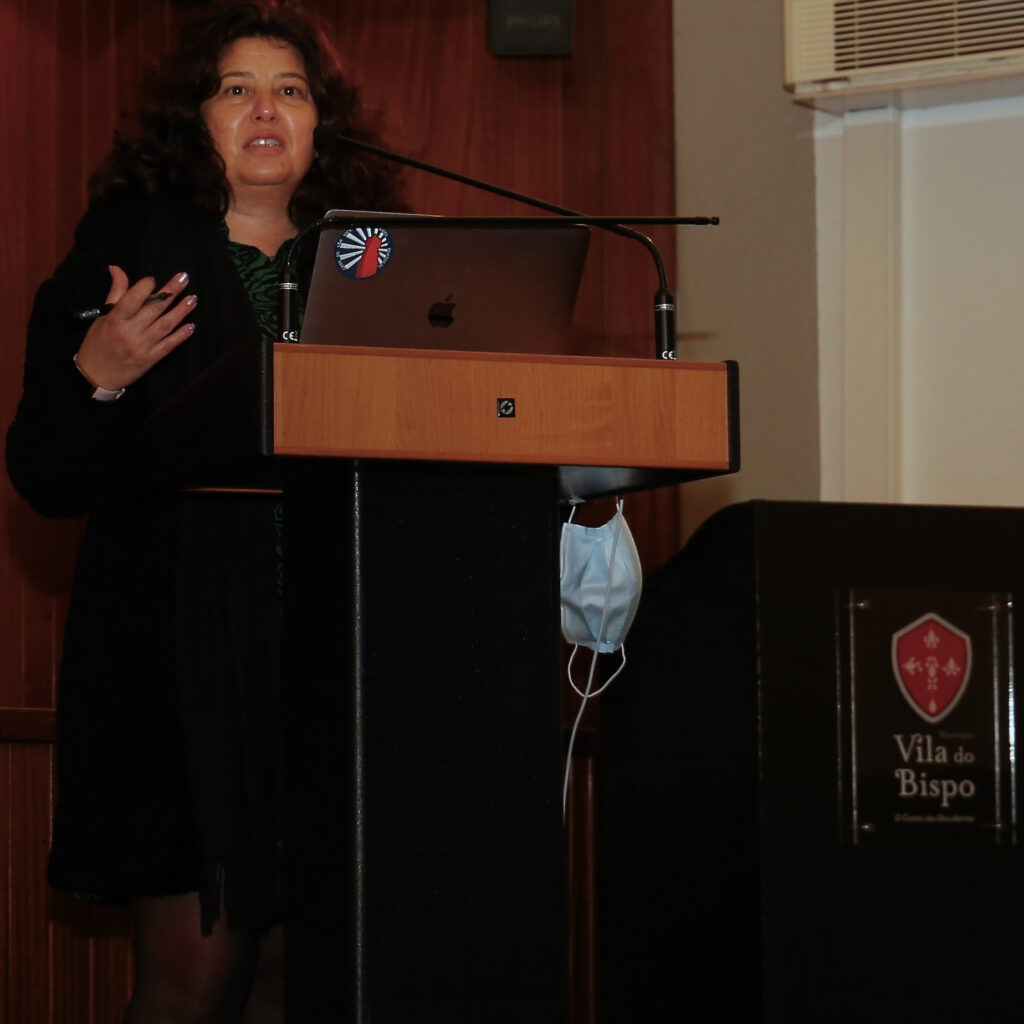
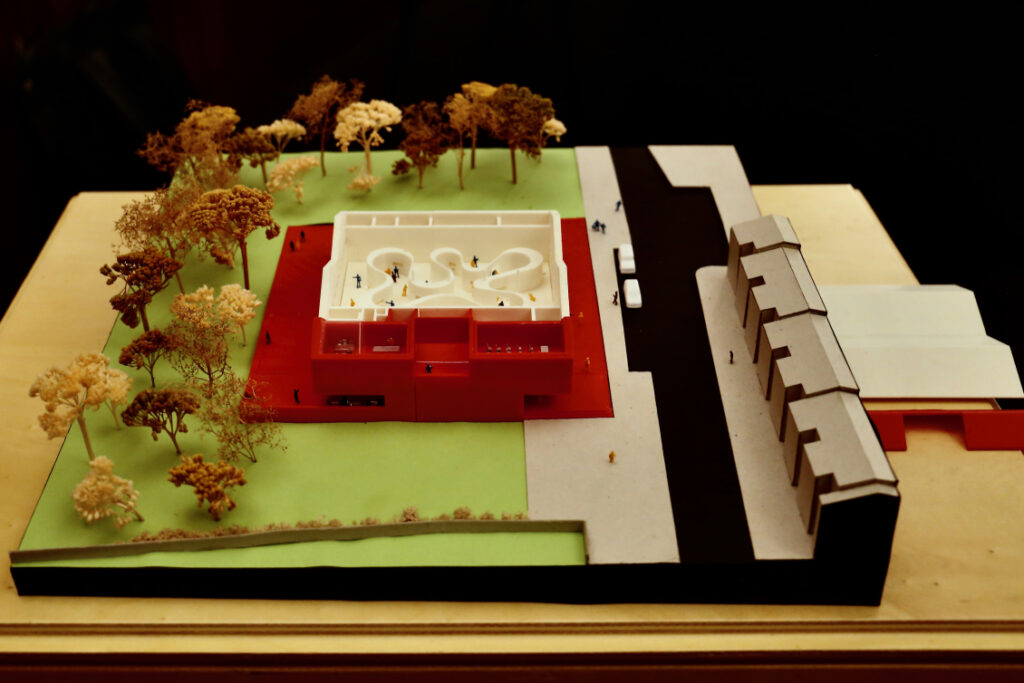
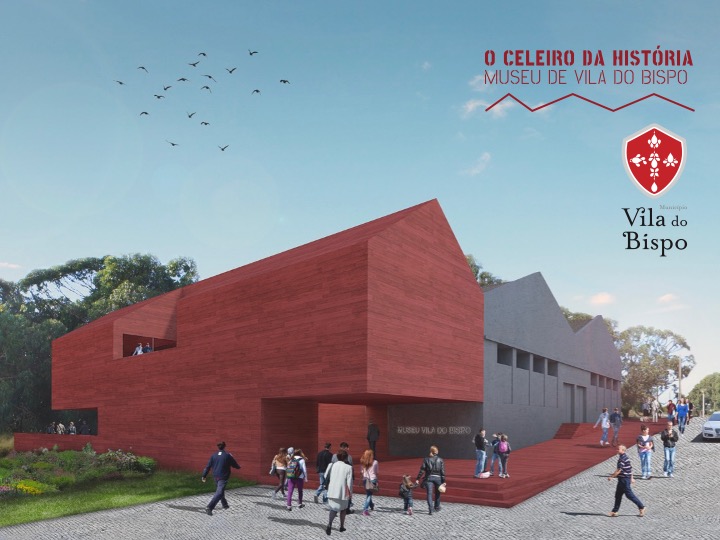
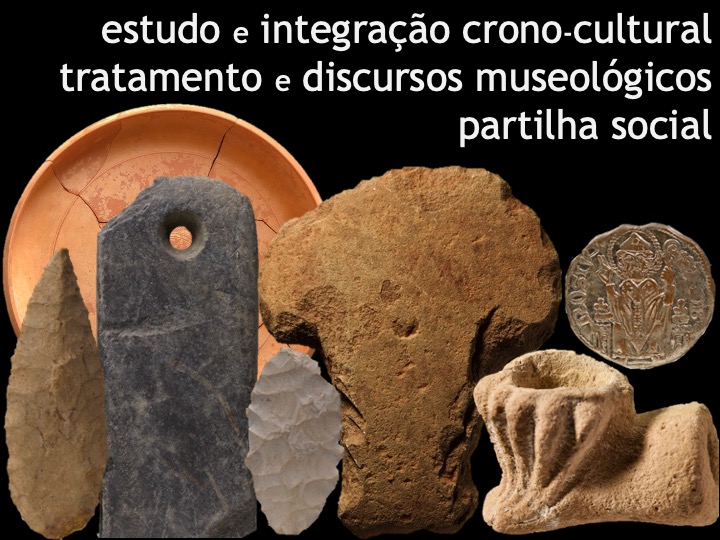
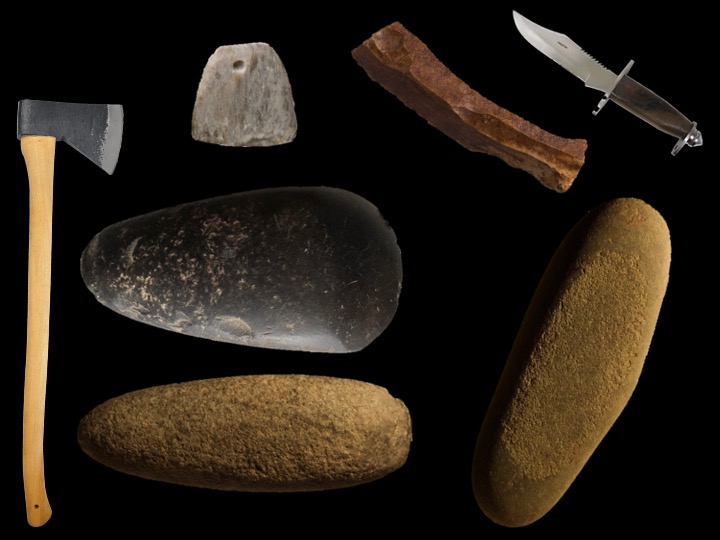
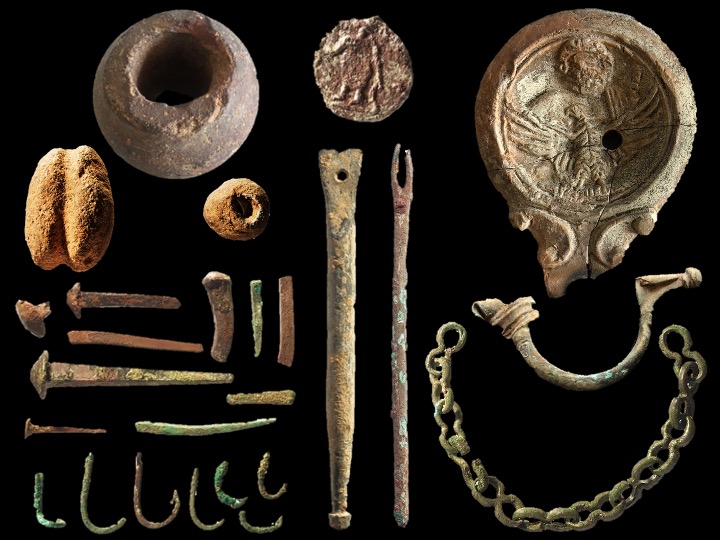



















Comments